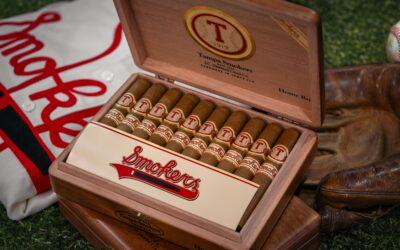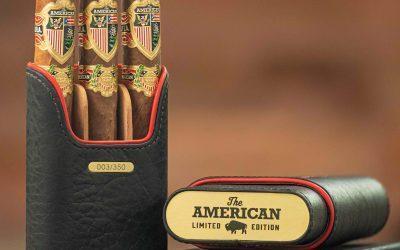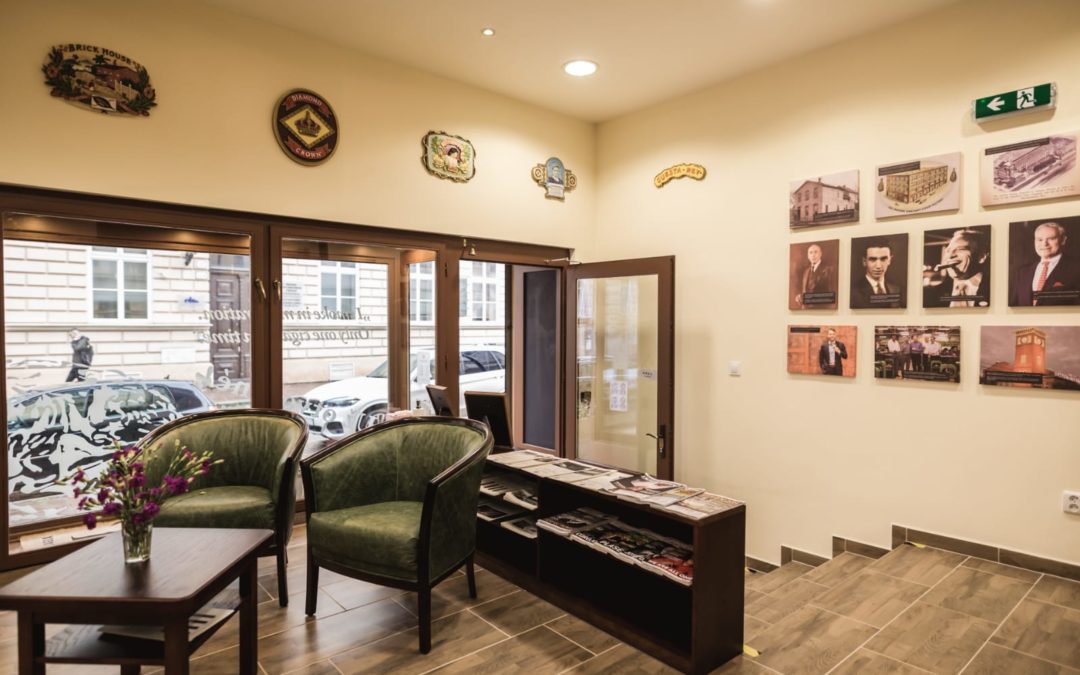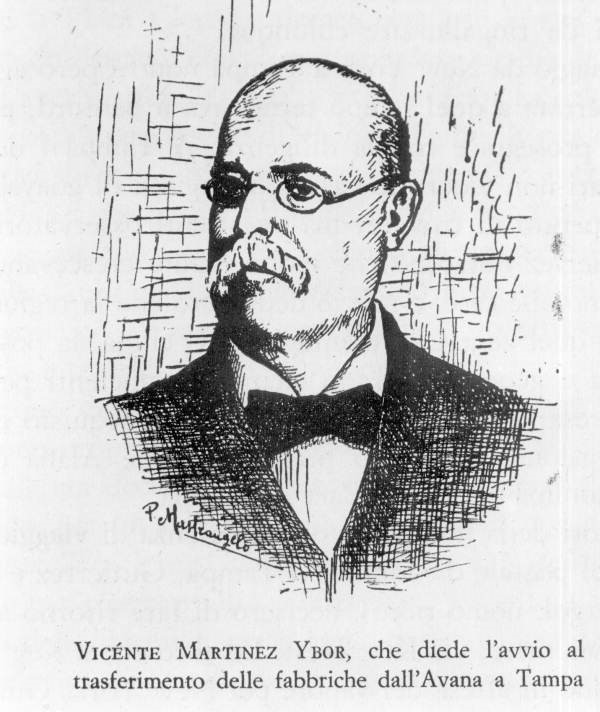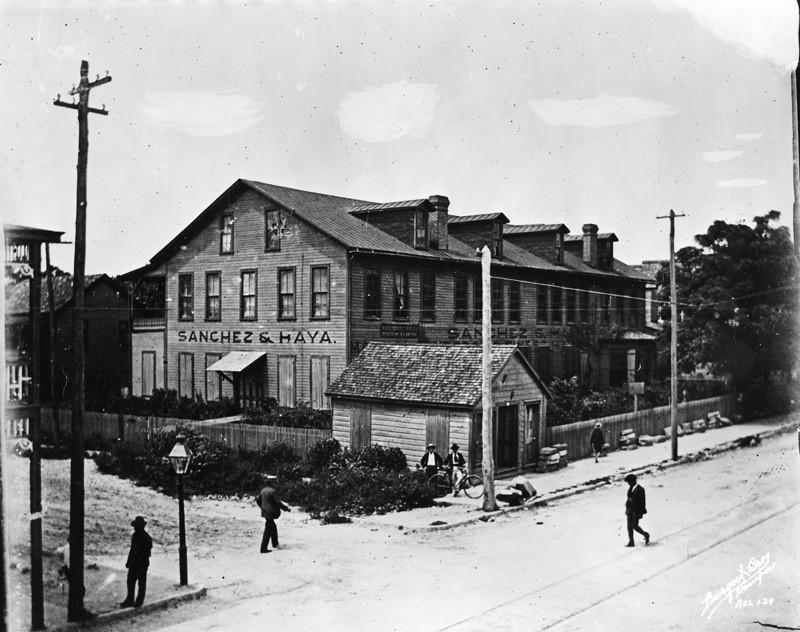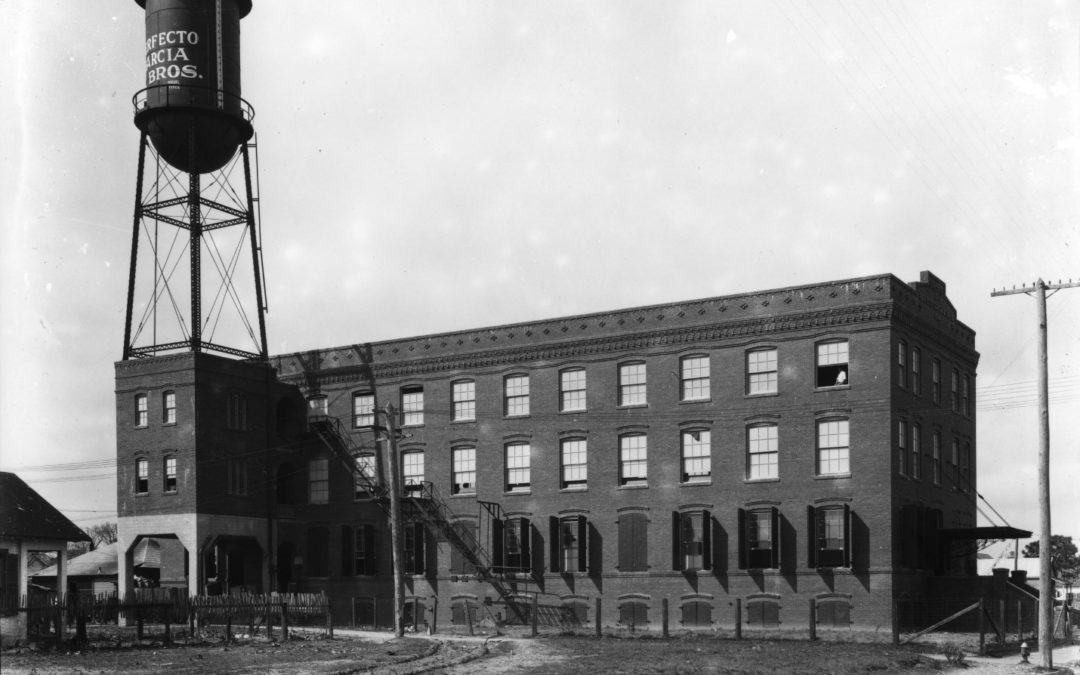When it comes to planning a wedding, every couple dreams of a day that stands out and reflects their unique personality. If you’re looking for ways to break away from the traditional and make your big day truly memorable, consider these five creative ideas for a...
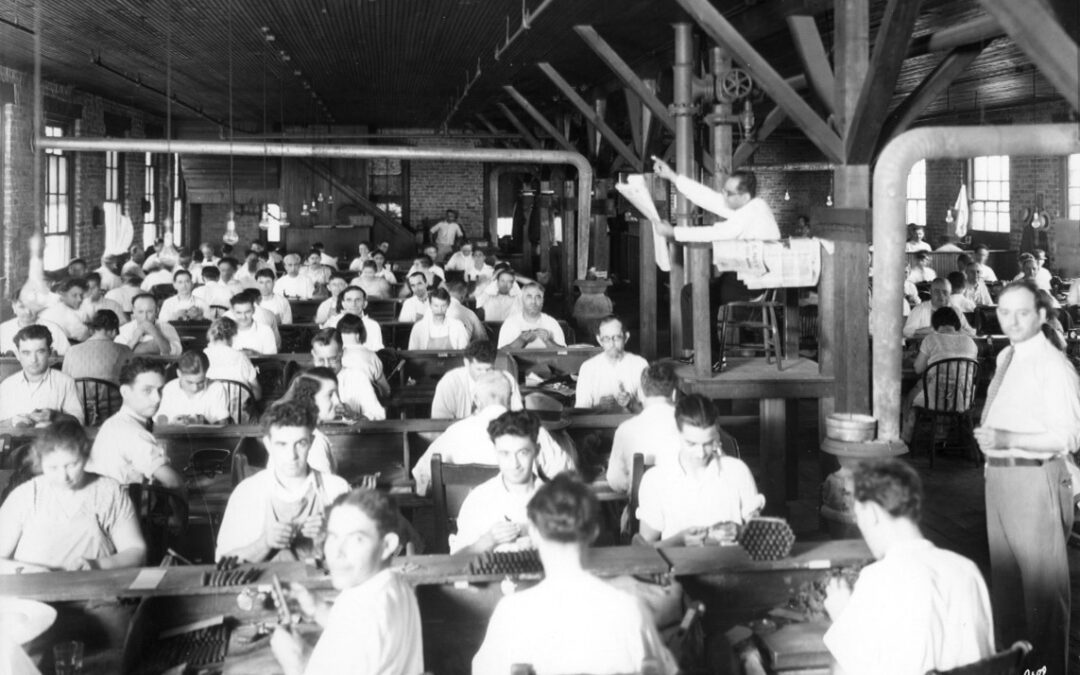
El Lector: The Voice of Ybor City
The E. Regensburg & Sons Cigar Factory, otherwise known as “El Reloj,” is currently receiving extensive renovations under the stewardship of the J.C. Newman Cigar Co. The Newman Family is restoring “El Reloj” to its pristine, 1910 condition as a way of giving back to the City of Tampa. The restored factory will feature a museum and factory store open to the public, as well as another homage to the cigar heyday of Tampa: a handmade cigar factory.

Located on the factory’s third floor and opposite of the filler department, the handmade cigar factory creates a premium cigar output from more than a dozen torcedores, or cigarmakers. When it opened its doors in 1910, “El Reloj” contained hundreds of torcedores rolling historic brands now in the Newman portfolio, such as The American or Admiration. Another iconic feature of the Tampa handmade days that the Newman family revived with their factory renovations is the institution of El Lector. The lector was an educational institution for the workingmen of Ybor City from 1886 to 1931. The lectors themselves, men such as José Dolores Poyo (a biographer and friend of the Cuban national hero José Martí) or Victoriano Manteiga (founder of the trilingual La Gaceta newspaper in Ybor City), read everything from Spanish Golden Age classic literature to local baseball scores for an illiterate constituency which labored all the while. In this way, the “new arrivals” to Tampa were often the most well-read. From the reconstructed lector stage in the new handmade cigar factory, the Newman Family plans to host guest lectors for their torcedores. The cigar city returns to tradition.
The Lector: American Democracy in Little Havana
Though steeped in Latin traditions, the institution of the lector was distinctly American. Anyone was eligible for the role of lector. The requirements were literacy and pronunciation skills. The auditions to become a certified lector lasted around ten minutes and judged the reader for their ability to engage the listener. The torcedores voted on which lectors they wanted to hear, and which books the lector would read. Lectors were paid at the end of the day based upon their performance. The best lectors, such as newspaper editor and poet Ramón Valdespino, earned well over $100.00 per week. (For comparison, Stanford Newman earned about $20.00 a week when he started working for his father in the 1930’s.)

A lector’s daily schedule was split between classic literature in the mornings and local news and baseball scores in the evenings. Most lectors spent the lunch break hastily translating the latest editions of English newspapers into Spanish. Indeed, many lectors, such as Domenico Giunta and Mateo Rodríguez, were learned men and spent their spare time editing bilingual newspapers
Lectors were a common sight in “El Reloj” from its construction in 1910 to the codified proscription of lectors in 1931. Indeed, one of the original lector platforms is still visible on the factory’s third floor, near the filler department.

The Lector: Vox Populi
The Cuban, Spanish, Asturian, Afro-Cuban, and Italian cigar factory workers of Ybor City attributed some, if not all, of their cultural literacy to the content that the lectors read to them. Don Quixote, The Life of Lazarillo de Tormes, La Dorotea, The Mayor of Zalamea, and many other classic titles became household names thanks to the efforts of the lectors. When the lectors spoke, people listened. José Martí, Cuban revolutionary and national hero, chose Francisco María González and José Dolores Poyo, both lectors, as his traveling companions when he came to Ybor City seeking monetary support for his cause. A famous picture at the Martinez Ybor Cigar Factory shows José Martí surrounded by adoring supporters, mostly lectors and torcedores.
Sometimes, the attention the lectors generated could be negative. In 1910, after a number of torcedores at the José Lovera Cigar Factory voted for the lector to read a novel with scandalous content (La Canalla by Émile Zola), dozens of female factory workers went on strike and a furious husband shot one of the torcedores in a crowded restaurant. Unfortunately, controversial readings were a trend that would lead to the downfall of the lectors. Cigarmakers Unions asked lectors to promote union membership during their daily readings, much to the chagrin of factory owners. Factory owners feared the lectors might soon promote socialist or communist ideas from their platforms. After several lectors promoted a Cigarmakers Union strike to free the arrested factory workers, the Cigar Manufacturers Association of Tampa formally banned lectors from reading in factories.
Rect. the Lector
After the lectors were banned from reading in factories, the lector platforms were replaced with radios. This indicates more the passage of time and progress of technology than the controversy of the lectors. Why pay someone a salary every week when you could have a $80.00 radio instead? The silver lining for the unemployed lectors is their vast experience in the “entertainment” industry. Many of them found work as radio performers after the lector ban. Manuel Arapicio, a former lector at the Garcia y Vega Cigar Factory, started the famous radio drama Momentos Latinos. Some former lectors, such as Victoriano Manteiga, went on to be newspapermen.
Despite a century of proscription, the Latin communities of Ybor City fondly and vividly remember the institution of the lector. Eric, Bobby, and Drew Newman have a set vision for the renovated “El Reloj” factory. They want to enshrine forever the cigar heritage of Ybor City and Tampa. Part of this vision is the handmade cigar factory and reconstructed lector stage. America’s oldest family-owned premium cigar maker returns the lector to his rightful home.

About Holden Rasmussen
Holden Rasmussen is a Museum Associate at the “El Reloj” Factory Museum. His duties include conservation, collection management, gift shop sales, and docent work. He is a new college graduate who has worked and volunteered at museums and archival facilities in different parts of the country. Holden enjoys the American outdoors, French electronic music, Yugoslav militaria, Japanese comics, and Cameroon tobacco.
5 Ways to Create A Unique Wedding
J.C. Newman Introduced Tampa Smokers Cigar
J.C. Newman Introduced Tampa Smokers Cigar with Baseball All Stars This new brand honors Tampa’s historic minor-league baseball team, the Tampa Smokers. Tampa, Florida – Last night, J.C. Newman Cigar Co. introduced Tampa Smokers cigars at an event hosted by the...
J.C. Newman Ships The American Black Bison Cigar Case
J.C. Newman Cigar Co. Ships The American Black Bison Cigar Case This uniquely American cigar accessory is handmade in the USA and contains 100% American cigars.J.C. Newman is also shipping the fall release of The American and Angel Cuesta cigars. Today,...

